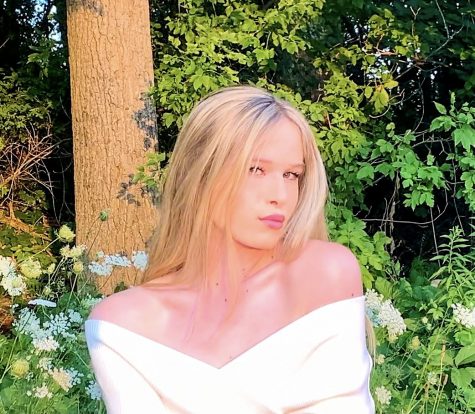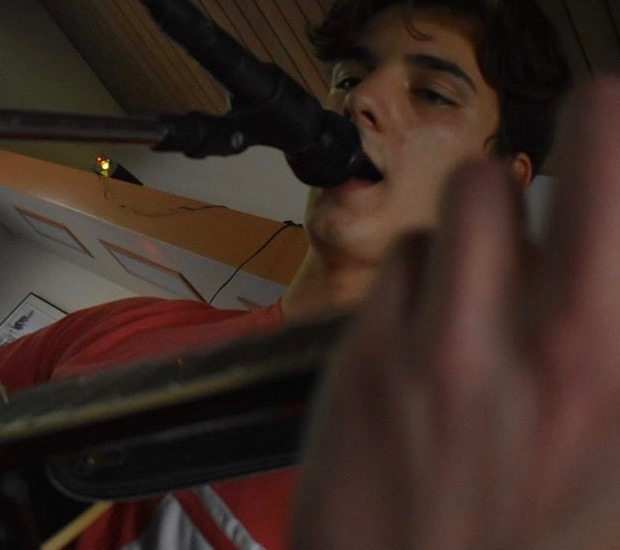Senior Sean Kellogg experiences a world in color through synesthesia
“Synesthesia is the overlapping of two or more senses in the brain. it’s just how my brain perceives reality, I’m not conscious that it’s there all the time, it kind of just exists,” says senior Sean Kellogg. “If I see the color green, like, with my eyes, I don’t think too much about it. If I hear a G major chord: I see the color green in the major shape.”
This ‘overlapping of senses’ isn’t something just anyone can relate to. “About one in 2,000 people are synesthetes, and some experts suspect that as many as one in 300 people have some variation of the condition,” says Siri Carpenter of the American Psychological Association.
Kellogg experiences Synesthesia, which can manifest in several forms, but for Kellogg sounds possess a specific and assigned color. “I found out I had it in middle school during a guitar lesson when I said something about how I remember the C chord because it’s the only blue one,” says Kellogg. “It wasn’t confirmed by any doctors until later on. I’ve since found out about a lot of overlapping senses that I’d never thought twice about.”
Synesthesia manifests in many facets of Kellogg’s life, but is especially prominent in his songwriting for his band, Hazy Minds. “It’s helpful for songwriting because I’m basing my opinion of the music on how it looks and how it sounds,” he says. “Chords are a bit like Tetris because they have shapes and positions in space, so all I have to do is find chords that tessellate. When I play finished songs, I see moving pictures that take up my entire field of vision, even behind me.”
His divergence plays an influential and beneficial role for Hazy Minds. “We are all stubborn sometimes, we hear how we want it but he actually sees it and a lot of times that’s amazing for writing but when we can’t see it like he does, or at all,” says sophomore band mate Robert Becker. “He can’t hear it like us then it gets a little hazy but for the most part I think it really helps us advance.”
Although synesthesia allows Kellogg to experience sound at a greater level, it comes with challenges. “I’m easily overstimulated. For example, I stopped going to dances because the music is too loud and I can’t see. Or if I see someone get hurt in a movie, I’ll feel that a little on my own body,” he says.
Despite the negatives, he says of the unique experience it grants him in relation to music in his life: “I have more incentive to want to play music on some unconscious level if I see beautiful sounds on top of hearing them. I wouldn’t say it deters me when playing music.”
With chances of experiencing synesthesia being one in two thousand, the notion that Kellogg would have peers with the disorder is unlikely. However, senior Maren Case shares the same neuro-originality. “I first heard about Sean through Instagram; a friend showed me a post from a kid who was offering to paint what people’s favorite songs sounded like,” she says. “That was the coolest thing to me ever, being able to connect the auditory to the visual senses all through what he saw in his mind.”
Case’s synesthesia manifests itself as an overlapping of senses with numbers, color, and personality. “I was discussing numbers with my family one night and they stared at me like I was crazy when I said that all numbers had colors and personalities. The numbers have been like that for as long as I can remember. I did some research soon after and discovered that other people did the same things as me and that we all had grapheme synesthesia,” she explains.
Even though he experiences the world differently, Kellogg wouldn’t have it any other way. “I honestly can’t know if I’d be better or worse off without synesthesia,” he says. “This is the only way I’ve ever experienced anything, so I can’t compare it to what I don’t understand.”

Senior Kylie Clifton is in her fourth year as a NL staff member. She is a co-editor in chief, having previously served the NL as both a business manager...





